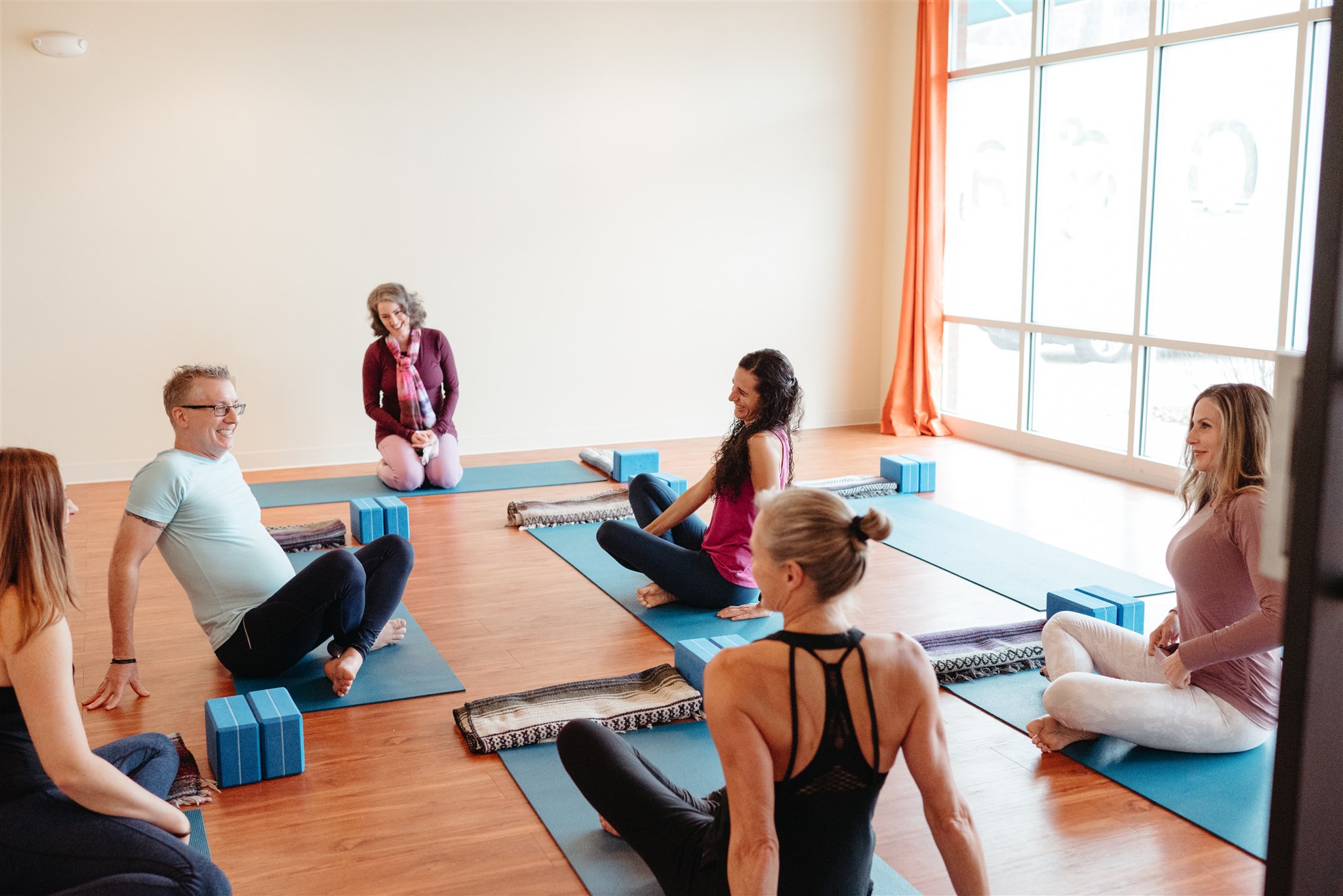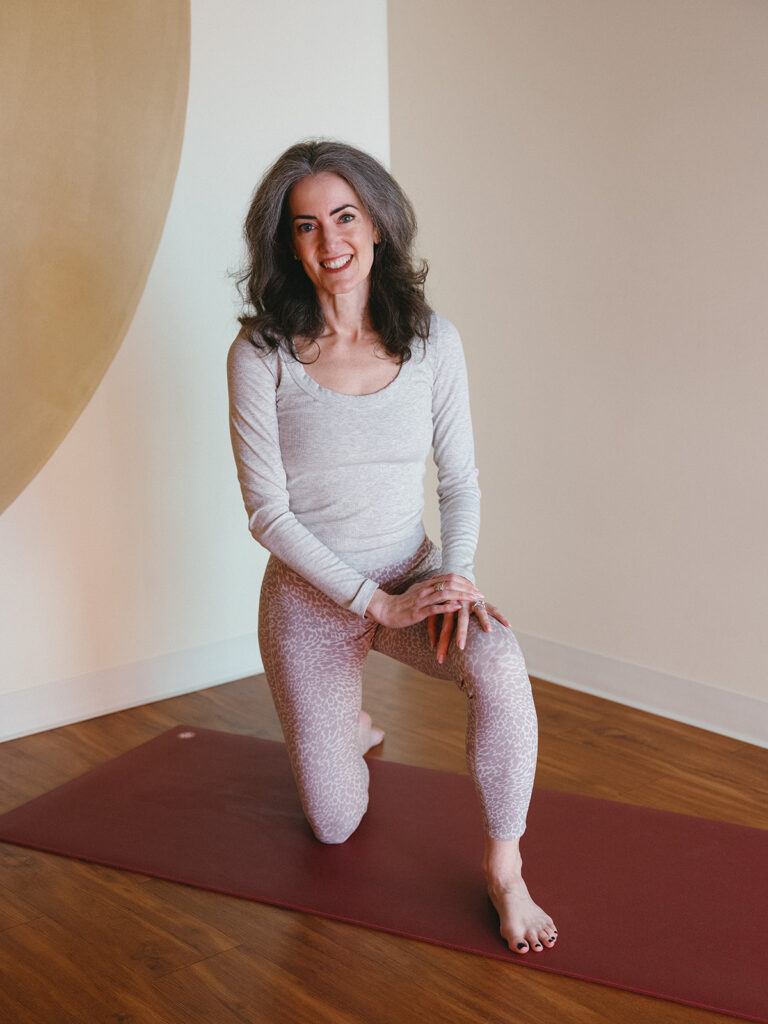One of the first lessons I taught every 200-hour yoga teacher training group is to drop the story you’re trying to tell yourself about the experience your students are having in your class—and whether they like you. In this excerpt from The Professional Yoga Teacher’s Handbook, I explain.
You’ll never know what your students are thinking. Often it’s the student with the most inscrutable expression who is having the deepest experience. Don’t fear the resting bitch face! A slightly furrowed brow is often the sign of someone paying attention or concentrating. If you look out and see a room full of smiles and hear laughter at every quip you offer, your students are focusing on you, not the inner experience. At that point, you’re entertaining them, not facilitating their experience in self-discovery.
While this is true of all age groups, it’s especially the case with tweens and teens. Don’t get caught up in trying to elicit smiles; don’t tell yourself stories about what the students are thinking. Just teach the yoga as authentically as you can. And be true to yourself: no one can smell a phony like a teenager. Use your own words, your own voice. Don’t simply parrot your favorite teacher, or put on airs.
I’ve mentioned to rooms of experienced teachers that I find the students who leave quickest after class often had the deepest experience. They always agree. More than once, I’ve gotten a note from the students with the most unreadable faces saying, “That was just what I needed today.” Here are a few stories that underscore how we can never know what people are thinking from their expressions.
First, I was leading a teachers’ intensive in a room with poor acoustics and I encouraged students to draw close to me so I wouldn’t have to yell to be heard. While many moved their mats, one remained outside the semicircle. I asked her by name to come near us, and she scooted forward on her mat only a foot or so. Figuring it was a lost cause, I continued and hoped she could hear me. At the end of the five-day workshop, she told me, “I know you wanted me to come closer that first day. But I’d just been in the hospital with my son, who had the flu, and the doctor said I might be contagious for 24 hours. I really wanted to be in the workshop, but I didn’t want to infect anyone—that’s why I did what I did.”
My colleague Alexandra was once teaching when a student packed up and left in the middle of class, gesturing that she was sorry. Alexandra had once taught a class where a woman had a stroke (happily, the student’s husband was with her, whisked her off to the hospital, and she recovered), so she worried that that this student may have been sick. After class, Alexandra sat down to send her a message. While she did, an email came in from the student. She’d had a creeping feeling that she left the kettle on the stove with the burner on, she said, and when she got home, she found it dry and glowing red.
To add one more story, this one from outside yoga: I was heading to my regular step aerobics class (this was 1996, the heyday of step) when my father called to tell me my grandmother had died. After hanging up, I continued what I was doing on autopilot and went to the gym. Only 15 minutes into the routine did it strike me: I did not want to be at step aerobics! I packed up my equipment and left, explaining it to the teacher at the next class. My leaving had absolutely zero to do with her.Finally, even though you’re striving to be a kind, accepting person, do you like every single being you come into contact with? Of course not. Sometimes the vibe just isn’t right. The same thing will go for your students. Don’t hold them to a standard you wouldn’t hold yourself to.
There’s lots more advice like this in The Professional Yoga Teacher’s Handbook! If you have enjoyed the book, please be sure to tell your colleagues and your yoga teacher trainings. I’d also be super grateful for a five-star rating and a review on whatever bookstore sites you like—this helps the book help more people. Thank you!


